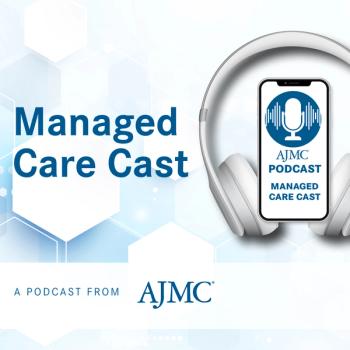
VHA Lung Cancer Screening Program Still Faces Hurdles
Over the past decade, the Veterans Health Administration (VHA) has sought to boost lung cancer screening rates, but several challenges remain.
In a new review article published in
The coauthors noted that lung cancer is the leading cause of death from cancer among veterans in the United States, with a 5-year overall survival rate of just 17%. They wrote that after the publication of the National Lung Screening Trial in 2011, the VA launched a 3-year lung cancer demonstration project to see how a VA screening program might work.
The program, which ran from 2013-2016, encountered logistical challenges, the investigators found. It required its own trained staff and the adoption of new technology and tools to identify patients eligible for screening. Only 58% of patients who were eligible for screening agreed to undergo the procedure, and only 86% of those actually underwent low-dose CT (LDCT) to check for lung cancer. The project had a cancer detection rate of 1.5%, and 71% of those cases were stage I or stage II.
Those data led the VA to develop guidelines to help its hospitals initiate their own screening programs, and in 2017, the agency and partners launched a program aimed at expanding buy-in and screening access. Then, last year, the VA launched the Lung Precision Oncology Program to increase participation in screening, genomic testing, and clinical trials, the coauthors said.
All of this has led to an expansion of lung cancer screening within the VA, but the investigators said different hospitals use different models. Decentralized models rely largely on primary care physicians to identify patients for screening and follow-up, while centralized models use dedicated lung cancer screening staff. Some hospitals use a hybrid model, the authors said.
They noted that previous research has indicated only 2.5% to 3% of eligible veterans have undergone LDCT screenings, and those screenings took place at 60% to 70% of VA medical centers. But the authors said there is wide geographic variance in screening rates.
Several barriers continue to restrict the screening program’s efficacy. Staff and patient awareness is low in some areas, and resource and data constraints also have an impact, the authors said.
One factor that does not seem to be a major issue is lack of patient interest. One study found 90% of veterans were willing to undergo screening. Yet, while many patients might be willing to be screened, the review found adherence to annual screening to be more challenging. Existing data suggest adherence falls over time, highlighting the need for new retention strategies, the investigators said.
They wrote that the past several years have seen a significant building-out of screening guidelines and capabilities, but they said screening is still not widely accessible in some areas and challenges in implementation and adherence remain. If the VA can solve those problems, the investigators said, it could become a model for other health systems.
“Given its large network across the United States, the VHA has a unique opportunity to improve access and enhance the quality of [lung cancer screening] for veterans across the country by sharing expertise and resources, disseminating best practices, and leveraging resources,” they wrote.
Reference
Maurice NM, Tanner NT. Lung cancer screening at the VA: past, present and future. Semin Oncol. Published online June 24, 2022. doi:10.1053/j.seminoncol.2022.06.001
Newsletter
Stay ahead of policy, cost, and value—subscribe to AJMC for expert insights at the intersection of clinical care and health economics.















































